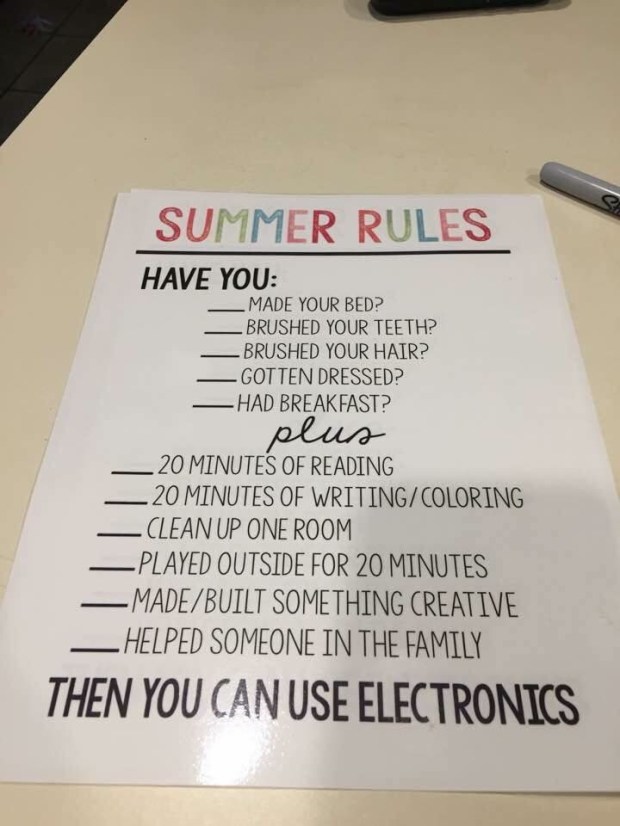This is priceless. I’m trying to be sympathetic and not laugh, but it’s impossible.
This is priceless. I’m trying to be sympathetic and not laugh, but it’s impossible.
A toddler playing quietly in the other room
Any leftovers in the frig you want saved if you have a teenager
A teenager who says they’ll be home “by midnight”
Filtering devices on the computer
Spreads of fashion magazines models
A child who says, “Everyone else’s mom lets them do it.”
Photos on Facebook or Instagram of everyone on vacation but me, all having the time of their lives
Movie ratings
A teenager with a new driver’s license
“Pinkie” promises
A recipe or picture of a beautiful dessert that looks easy to make
A weight loss program
Instructions to assemble [fill in the blank] in 4 different languages
A nurse who says to your toddler, “This shot won’t hurt a bit.”
A child who says, “Sure, I cleaned my room.”
Pictures of mothers with young children, both wearing white

Is that even possible?
It seems that kids are turning to electronics 24/7 for summer vacation. Television and other handheld devices are more inviting than ever. They are an easy way to keep kids occupied while we work from home, or just want peace and quiet. And they’re easier to clean up than Play Doh.
Sure, gaming is fun and TV has some educational programming, but many parents want more than that for their kids. Aren’t they supposed to learn how to play with others? Socialize? Problem solve (other than how to shoot angry birds to kill virtual pigs)? Engage in creativity and sports? We have this intuitive sense that gaming and TV are like Twinkies: great for a treat, but not for a steady diet. Sadly, many kids are becoming sugar junkies on technology.
The featured photo for this post is a spinner for kids to use for balance in their lives. It could be used for summer or the whole year. Whether or not you are turned on by this “spin” on the Fidget Spinner craze, I’d like to suggest five ideas for more play and less TV this summer.
 This may scream,”Too much structure!” because you would rather let your kids do their own thing. It’s summer, after all, right? I read a lot of negative comments that were posted about this idea. Stuff like, “Hey I played computer games 24/7 when I was a kid. Now I’m a computer programmer. I don’t think playing with cardboard boxes would have got me where I am today.” I would respectfully respond that working with computers successfully is one small part of a person’s overall well being and ability to have a fulfilling life and relationship with others.
This may scream,”Too much structure!” because you would rather let your kids do their own thing. It’s summer, after all, right? I read a lot of negative comments that were posted about this idea. Stuff like, “Hey I played computer games 24/7 when I was a kid. Now I’m a computer programmer. I don’t think playing with cardboard boxes would have got me where I am today.” I would respectfully respond that working with computers successfully is one small part of a person’s overall well being and ability to have a fulfilling life and relationship with others.If you aren’t convinced, search the internet for plenty of stories and tips where parents did the unthinkable: unplugged their kids from TV and/or electronics. Here is one such testimonial, among others that will give you the inspiration and willpower to do was is best (but not always easiest at first!).